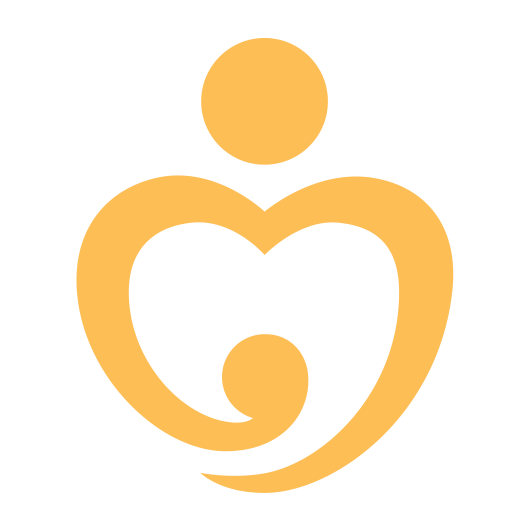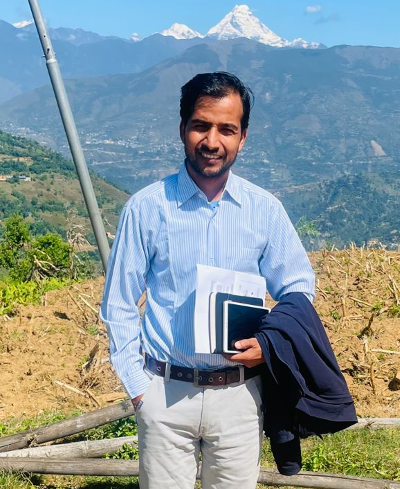Meet OHW staff member: Lok Mani Jiri
As one of the newest staff members of OHW, Lok Mani Giri joined us in August 2022 as the District Coordinator of Rukum West. This is one of our most recent program districts in Karnali Province. An experienced public health professional for the past 10 years, Lok is also a registered Laboratory Technician. He has academic degrees in Public Health from Nepal, and in Global Health from Denmark. Lok is already on the ground in his duty station representing OHW contributing to efforts of local governments to bring quality MNH care to rural communities. He shares his experiences working with OHW.
I am on the first leg of my journey with One Heart Worldwide and so far it has been a really positive experience. It is exciting to join OHW at a time when it has started a more effective approach to implementing its program through a partnership with local partner NGOs.
In Rukum West, I am the only OHW staff member, but our teamwork with our partner NGO Rukmili Social Development Centre (RSDC) has already shown positive signs that this partnership will bear fruits. Because they know the local community so well, particularly the cultural and social niches that are especially significant, they enable us to be more culturally and socially sensitive. They allow us to understand the realities on the ground. This also gives the local communities a feeling that this program is run by their own community-based organization and not controlled by outsiders.
I already feel at home because the community trusts us due to our partnership with the NGO they are already so familiar with. This is also the community that suffered a lot due to the decade-long (1996-2006) armed conflict between the Maoist rebels and the State. This is the district where the armed rebellion had been born and was also one of the most affected districts in Nepal. Community members are working towards creating a better world, and we are there to lend support, especially to mothers and children.
This is also one of the districts in Karnali Province that has some of the most difficult terrain, and there are still remote villages. Many communities have problems with travel. Even though there are now 24 birthing centers in the district, quality services are lacking as most lack appropriate equipment, facilities and permanent staff nurses trained as Skilled Birth Attendants (SBAs).
During the last quarter, we have made some progress despite the obstacles due to the heavy monsoon, which has damaged a lot of road infrastructure. October is also the season for Nepal’s most significant Hindu festivals.
I have traveled with our partner NGO in all six rural municipalities (known as ‘Palika’ in Nepali) of this district and met with the key government stakeholders who are our key partners in our MNH program. I have met all the mayors, deputy mayors, health coordinators and officials from local Palika governments to share our program plans and approaches and our vision for the district. That was my primary role.
We have also started taking initiatives towards institutional capacity building and system strengthening of health facility operation management committees (HFOMCs) whose members play a key role in management, planning and budgeting to create quality MNH care services for the local communities. Their members also include elected representatives, and this has been good timing because the district just has newly elected people’s representatives.
I have also been involved in conducting needs assessments of health facilities. This is key to identifying the needs for improving MNH care. For example, the status of equipment and human resources and the need for renovation or construction of birthing centers.
Our program is just beginning, but there is already a lot of excitement and expectation. A lot of interest has even been expressed by political parties wishing to gain support in their own Palika wards. That is a positive sign of how local governments, politicians and the community are paying attention to MNH care. They have shared with me how building birthing centers is as imperative as building road infrastructure.
I can feel a lot of positive vibes and I have already seen that OHW’s presence has boosted morale even among the local government bodies. For example, many wards have an annual budget for building maternity homes but they have never utilized the budget, which is sent back as unused funds. But now, many officials have shared how OHW has come to their district and will be using these funds for the first time. There is a lot to do to achieve our goals and objectives but I strongly feel that we are already on track to achieve our targets.




